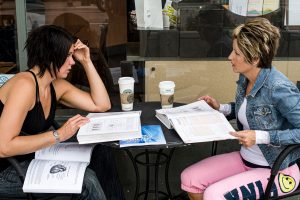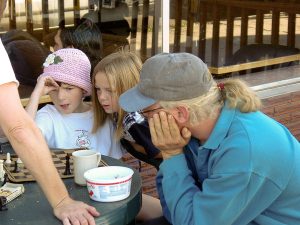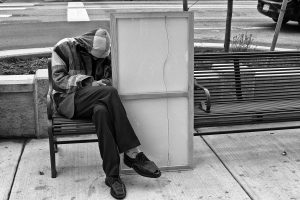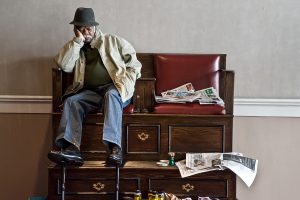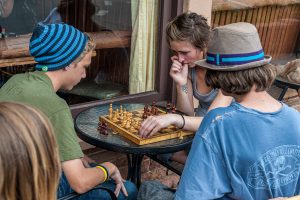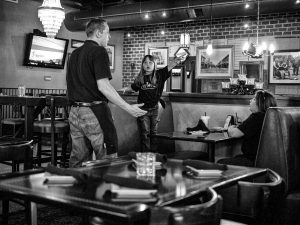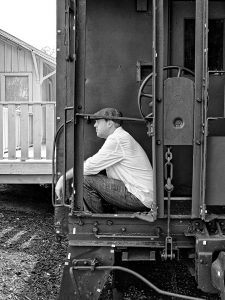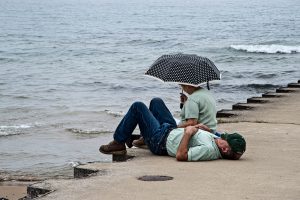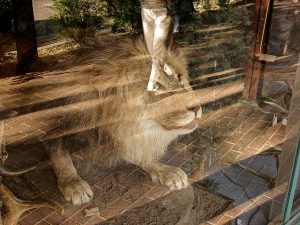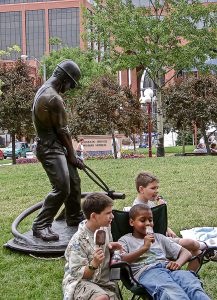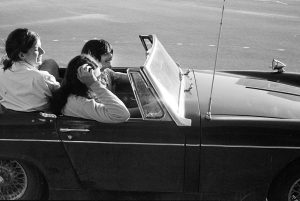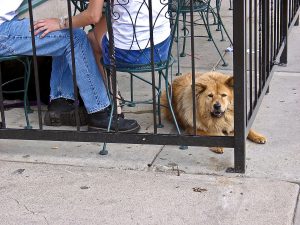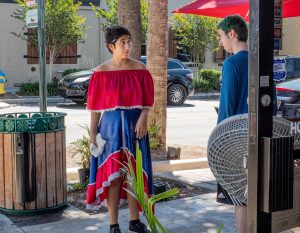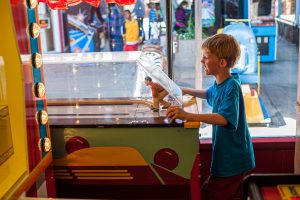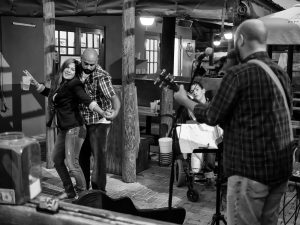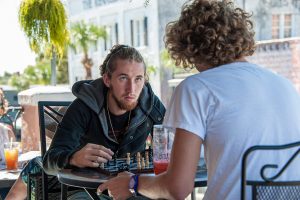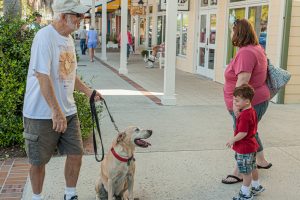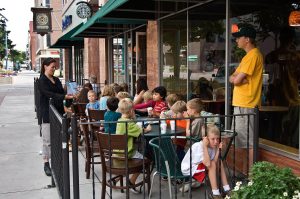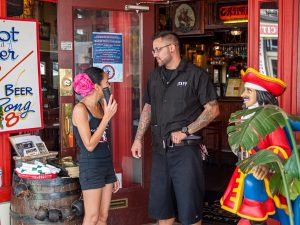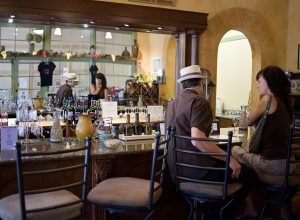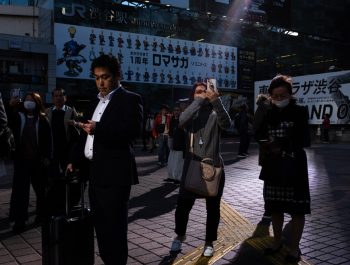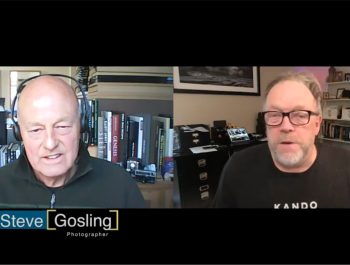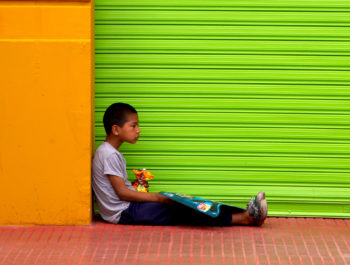Shooting Street
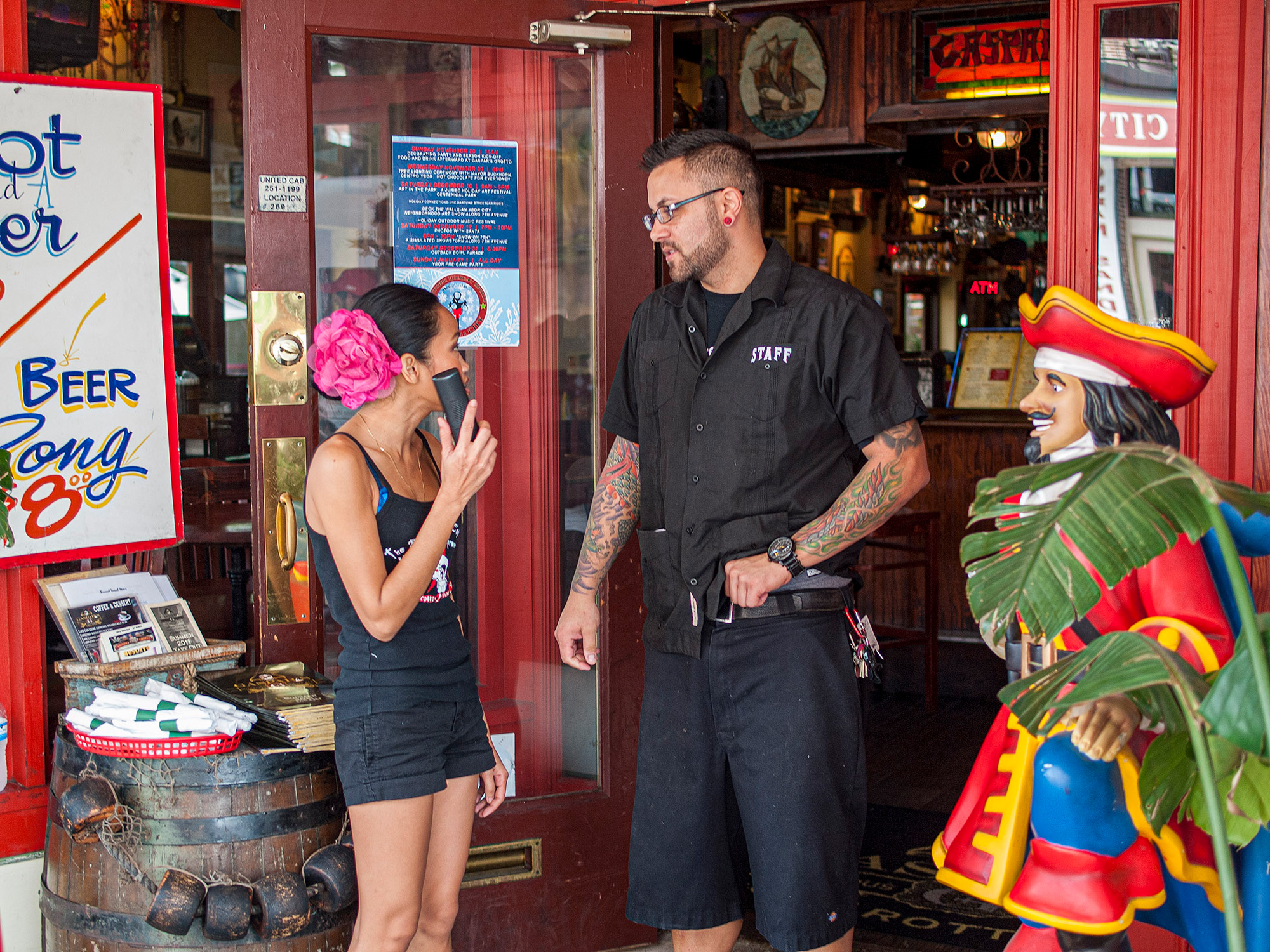
People who are paid to shoot pictures are called “professionals.” People who shoot pictures because they enjoy shooting pictures are called “amateurs,” a word that derives from the Latin word “amor:” “love.” There’s a tendency to look down on amateurs because as one definition in the Chambers dictionary puts it, an amateur is a dilettante, which ignores the fact that some amateurs are more competent artists than many professionals.
If you are a Silver or Gold Member you can click on any image to see it larger
Finally, there are photographers who, at least in my own estimation, fall into neither group. Someone like Lewis Hine, who, as Wikipedia puts it was “an American sociologist and muckraker photographer,” but whose muckraking photographs led to the termination of child labor. He was paid for his photographs but wasn’t paid nearly enough for the dangerous work he did, and was on welfare at the end of his life.
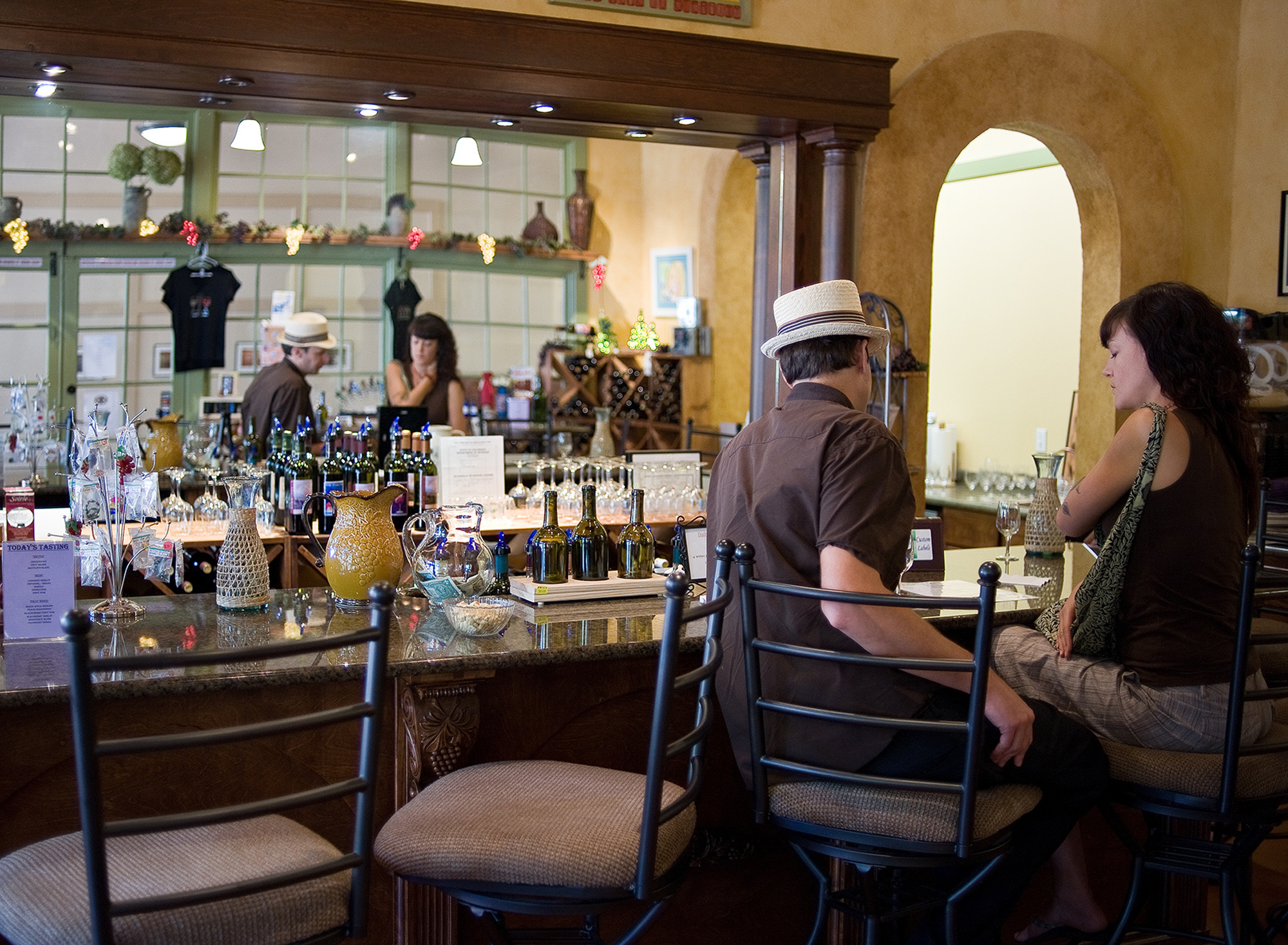
Then there were the Farm Security Administration photographers such as Dorothea Lange and Walker Evans who were professionals but generally picked their own subjects and projects. They produced a lasting image of America’s depression and left behind images like Dorothea’s “Migrant Mother,” which is recognized around the world as a fine work of art.
And finally, there are the street photographers, four of whom came together after WW II and formed the Magnum Photo Agency. I call these four, and others like them street photographers because even after they formed Magnum they chose their own pursuits and venues and worked independently. There also are professionals like Magnum’s Elliott Erwitt who, at the end of the day put away his extensive equipment, picked up a Leica, and did street photography. In many cases, the street pictures these people made are the ones that are remembered while their professional work has been forgotten.
What do I mean by “street photography?” Unfortunately, it’s a terribly misleading name for a photographic genre. I suspect it got its name after Oskar Barnack’s little hand camera came out. In order to use it to shoot unposed pictures of people interacting with other people and with their environment, limitations in film and lens speed meant you almost had to be on the street where the light was good. But street photography has absolutely nothing to do with streets.

There have been some very good landscape photographers. Ansel Adams comes to mind. But I’ve never seen a photographic landscape that honestly can compare with something like Albert Bierstadt’s painting, “Among the Sierra Nevadas.” When you use a brush you’re not constrained by the factual limitations of linear perspective, color relationships, or what’s really there in front of you. I’ll never believe the deer actually were there when Bierstadt painted “Among the Sierra Nevadas,” but the emotional thrust that caused him to put them into the painting certainly was.
A photograph can’t record a missing emotional thrust. On the other hand, a painting can’t begin to substitute for the immediacy and believability of a good photograph. If you’re trying to portray human life as it’s lived, photography can do the job much more effectively than can painting. When I think about comparisons between the believability of a painting versus the believability of a photograph I think of Edgar Degas’s painting, “L’Absinthe,” a painting about as close to street photography as you can get. But it doesn’t really do the job. If you want reality you need a photograph like Garry Winogrand’s “Los Angeles 1969,” where the set-off between the crippled young man in a wheelchair and three pretty girls passing by on the sidewalk is a heartrending reality. It’s a picture you’ll never forget.
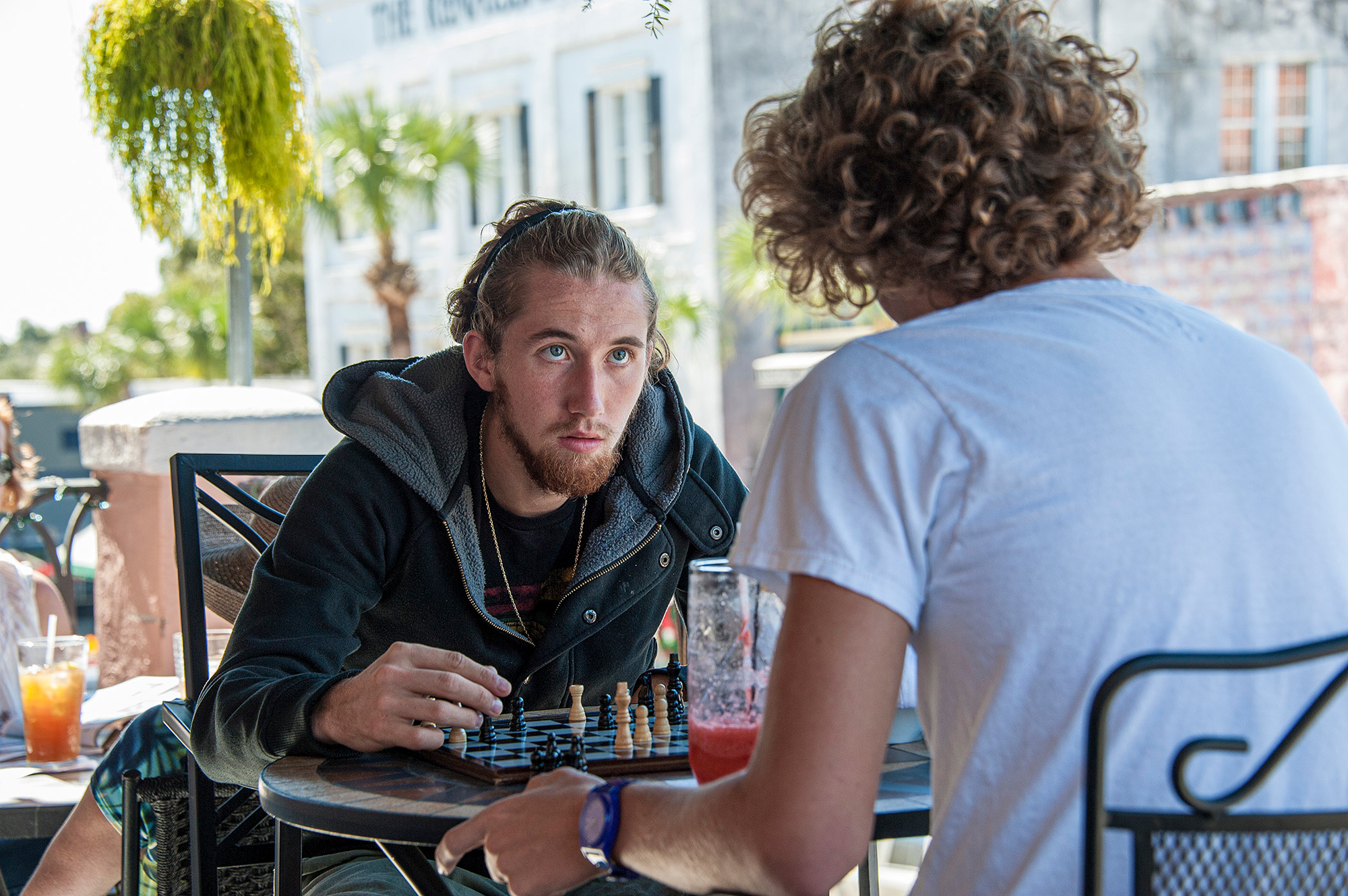
So why do so few competent photographers understand street photography or want to do it?
One reason is that some photographers don’t want to interfere with the privacy of others. But with certain exceptions, someone in a public place has no expectation of privacy, and in the United States at least, the law understands that.
If you are a Silver or Gold Member you can click on any image to see it larger
Another reason is that when you start shooting pictures of people doing their thing unaware of you and not posing, it’s a scary thing. The thought that your subject might “catch” you shooting and be angry is something you have to learn to overcome because your street photographs are unlikely to be much good until you do. Furthermore, I think there’s some kind of emanation from a frightened photographer that alerts the subject. It takes time and considerable shooting to overcome your initial trepidation. Once you’ve overcome it you can raise the camera smoothly, frame, focus, shoot, and move on, all in a very few seconds: a natural sequence that doesn’t alarm the subject, even if the subject catches at least part of the act.
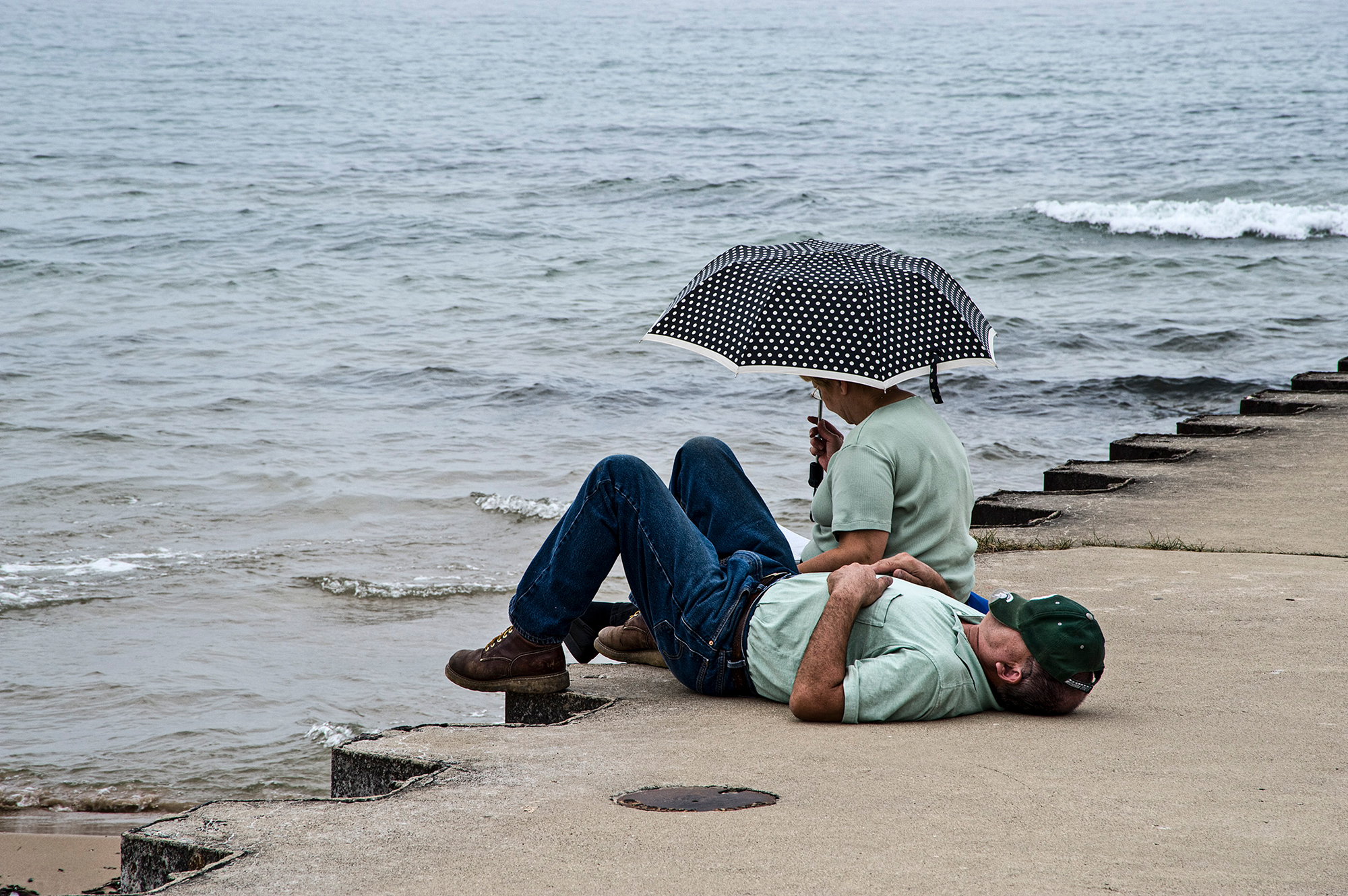
But once you’ve gone through your training period and you’re shooting street, the question arises: what makes a really effective street photograph? Street photography isn’t photojournalism. You’re usually not trying to tell an easily understandable story, though a story may be there.
One thing that makes good street is the reaction of one person to another. A good example of this is Henri Cartier-Bresson’s “French Girl 408.” The girl is eating and reading at an outside table. She’s wearing an extremely short skirt that shows her legs. Sitting to her right is an elegantly-dressed lady with a newspaper in front of her. The lady is looking sideways at the girl with obvious disapproval.
Another effective subject in street photography is an unusual match or mismatch between subject and environment. Here’s an example of my own. I very much doubt the lady is even remotely interested in crack, but the fact she’s drinking coffee connects her directly with the sign.
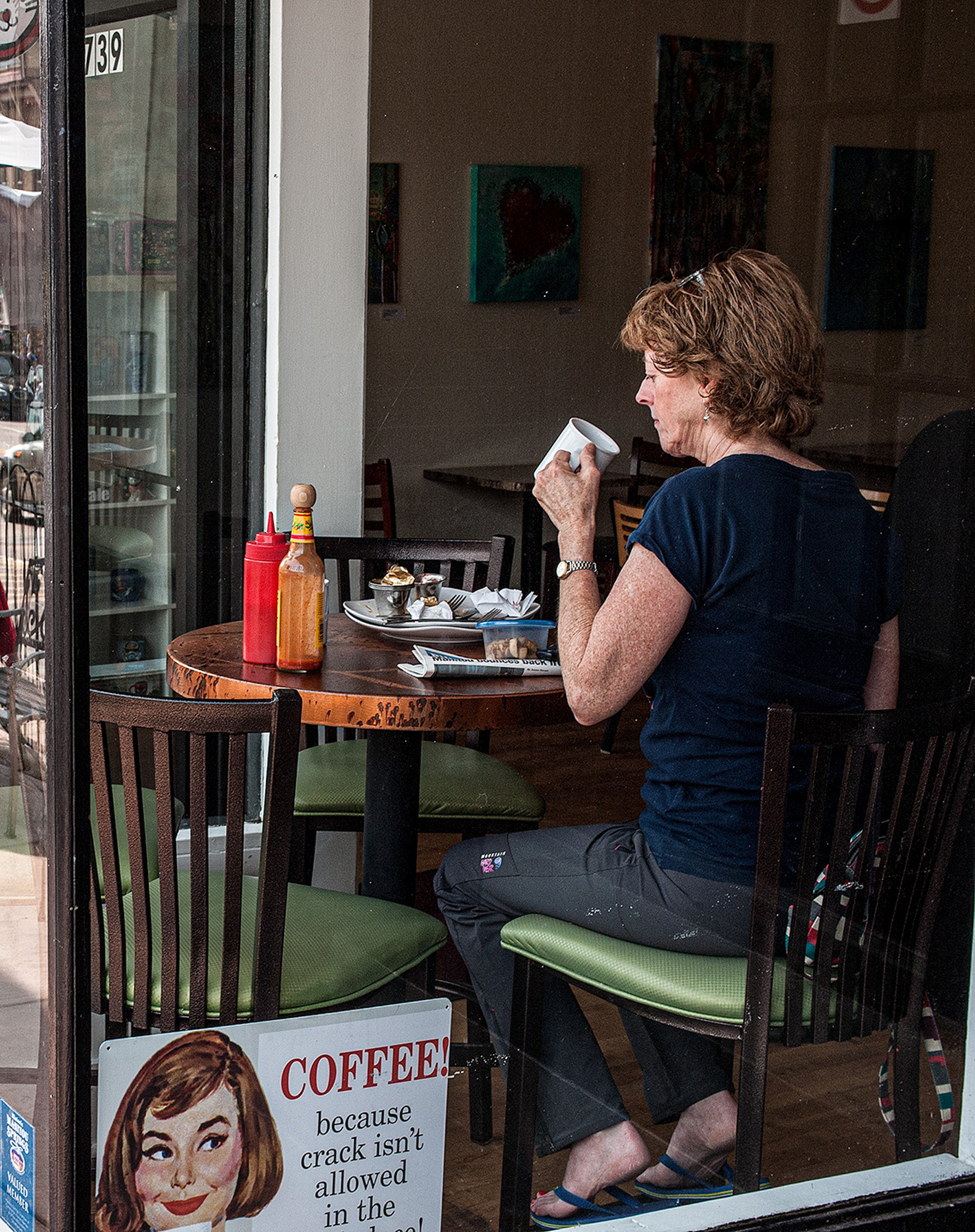
Effective street photography doesn’t slap you in the face with its beauty as a landscape might, or with its importance as a record of some significant event. Unless the picture contains some striking action, you may look and then move on. But the subtle connection an effective street photograph makes with your psyche goes beyond beauty or significance and becomes a part of your contact with and comprehension of human experience. Effective street photography is poetry.
If you are a Silver or Gold Member you can click on any image to see it larger
In a street photograph there’s usually a story, but in the most effective street photography the meaning of the story isn’t entirely clear. Instead of handing you an answer the picture raises a question and gives you a sensation you can’t quite put your finger on. The result is a riddle your own psyche has to resolve. And that’s the real source of street photography’s power. You must be the one who resolves the riddle. If it’s a really good street photograph you won’t be able to resolve the riddle consciously. There will be any number of possible answers. You can pick one, but the alternatives will still be there, within reach, and you won’t be able to ignore them. On the other hand, your psyche will find an answer, and in the process subtly increase meaning in your life.
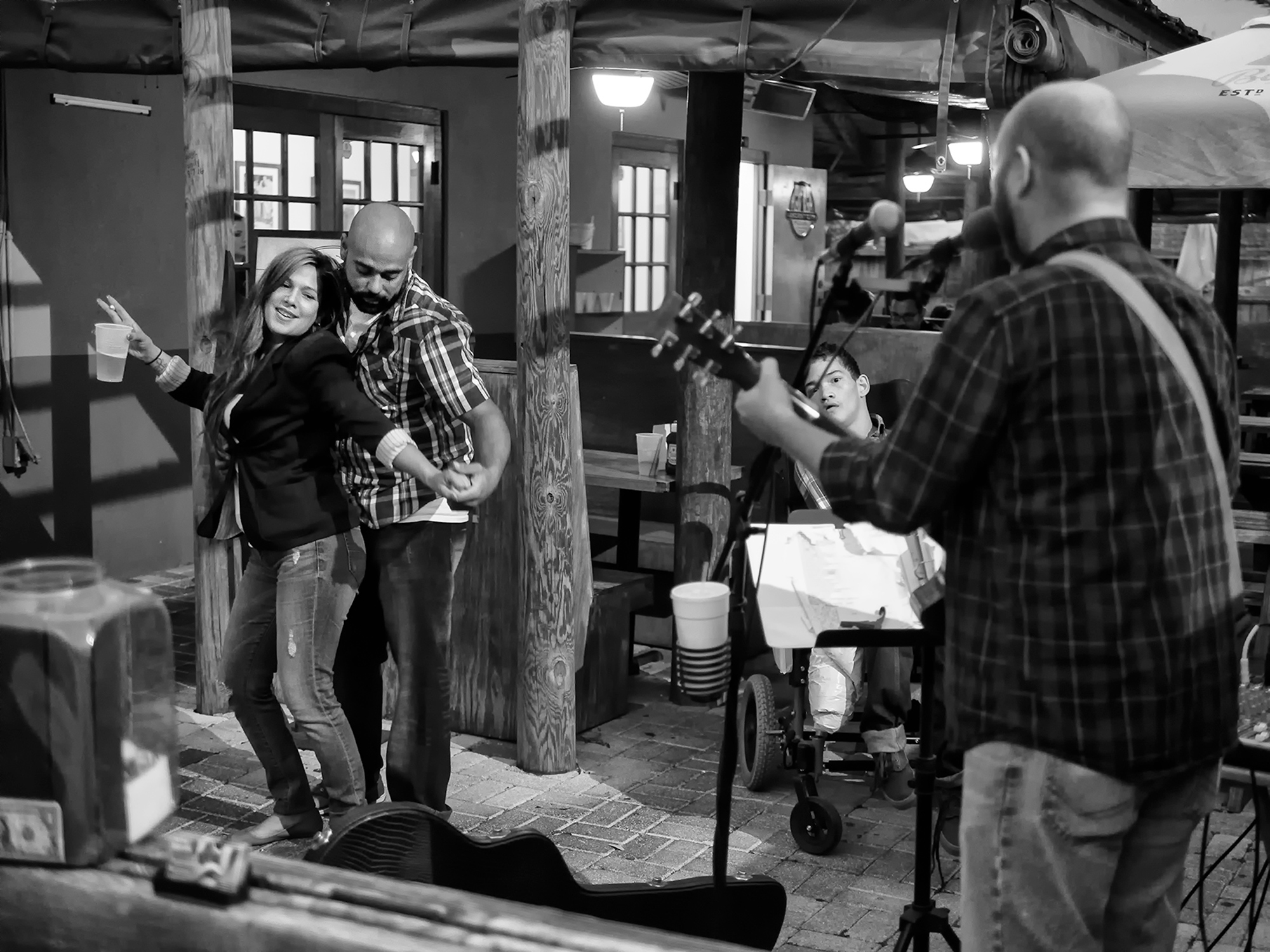
Gallery Of Russ Lewis Images
Russ Lewis
December 2021
Leesburg, FL
I'm now 92. I spent 26 years in the United States Air Force. Flew fighter-bombers in Korea and was there when the war ended. Ten years later I was commander of a radar site in the Mekong delta. Nine years after that I was commander of the group that contained all the radar sites left in Southeast Asia during the Cambodian operation. I was there when that one ended. After I retired from the Air Force I began doing software engineering, and did that for another thirty years. I became a photographer at 13 when I built a darkroom in my parents' fruit cellar. When the war ended in Korea I started going downtown in Taegu, shooting pictures mostly of people. I was doing street photography, though I didn't know it at the time. Street has been my favorite thing ever since. You can see it all on my web site. russ-lewis.com.

